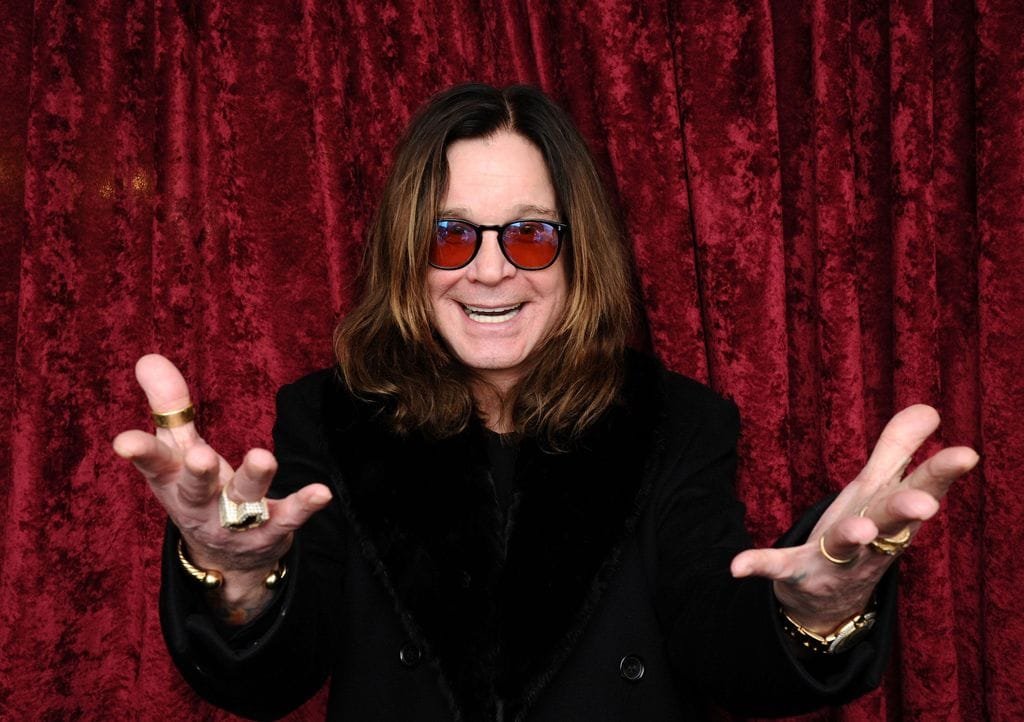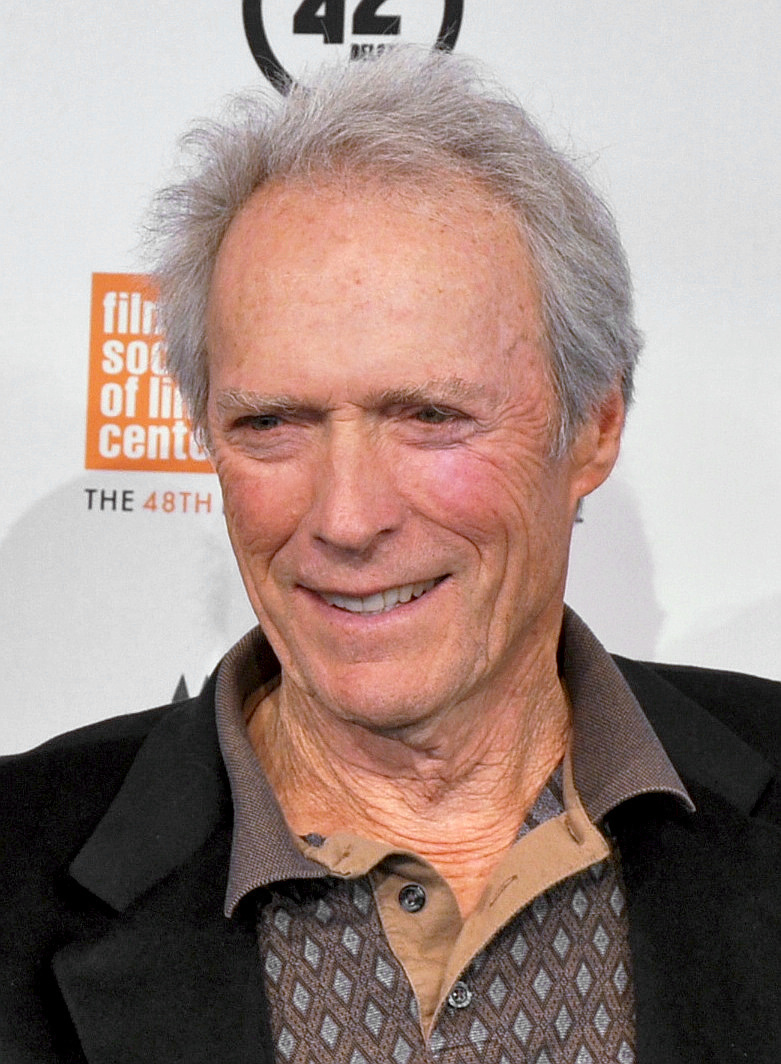
When you picture Clint Eastwood, what comes to mind? For many, it’s the iconic image of a stoic, tough-as-nails cowboy with a cigar clenched between his teeth, or perhaps a no-nonsense cop delivering memorable, sharp-witted lines. His name has become synonymous with Westerns and hard-boiled detective flicks, a Hollywood legend who has not only starred in but also created some of the most influential films in these genres over a career spanning more than six decades.
Yet, for a figure so deeply entrenched in a particular cinematic landscape, his personal preferences often reveal a more complex and nuanced appreciation for the art form. It’s easy to assume that his all-time favorite movie would be a rugged Western epic or a gritty crime thriller, a film that mirrors the very essence of his on-screen persona. However, Clint Eastwood, ever the enigma, has confessed to loving one movie in particular that stands in stark contrast to his own celebrated body of work.
In a revelation that has surprised many fans, Eastwood has unequivocally named Billy Wilder’s 1950 dark comedy *Sunset Boulevard* as his favorite film. This choice, far removed from the dust-choked trails and urban jungles he’s famous for, offers a fascinating glimpse into the mind of a filmmaker who deals in “shades of gray” and possesses a “difficult-to-pin-down worldview.” It suggests that while his public image is firmly cast in a certain mold, his cinematic heart beats for something entirely different.

1. **The Unforeseen Choice: *Sunset Boulevard* as His All-Time Favorite**The announcement of *Sunset Boulevard* as Clint Eastwood’s favorite film might initially throw those familiar with his prolific career for a loop. After all, the Hollywood star is renowned for his affiliation with Western movies, his name irrevocably linked to classics like *The Good, the Bad and the Ugly* and his tough-talking roles such as Harry Callahan in the *Dirty Harry* series. The expectation is almost always that a creator’s personal preference would align closely with their professional output, or at least a genre they’ve championed.
However, when it comes to his personal taste, there isn’t a cowboy in sight. During a joint interview with his son, Scott Eastwood, for Esquire Magazine, Clint specifically singled out Billy Wilder’s 1950 masterpiece. This wasn’t a casual mention but a definitive statement, solidifying its place above all other films in his esteemed opinion, including the many influential works he’s starred in or directed.
*Sunset Boulevard* is a pitch-black dark comedy that also doubles as a film noir, a far cry from the expansive landscapes of a Spaghetti Western or the intense streetscapes of a police drama. This surprising choice underscores a sophistication in Eastwood’s cinematic palate that goes beyond the surface-level perceptions of his public persona, highlighting an appreciation for storytelling depth and intricate character studies, even if they don’t involve a blazing six-shooter.
His long-standing career in Hollywood has seen him work across various genres, but his consistent return to Westerns and action films might lead one to believe those are his sole passions. The revelation of *Sunset Boulevard* as his personal favorite serves as a compelling reminder that even the most typecast of actors and directors hold private, often unexpected, admirations for films that resonate on a deeper, more personal level, irrespective of genre conventions.

2. **The Masterful Juxtaposition: Why *Sunset Boulevard*’s Styles Resonated**Clint Eastwood didn’t just name *Sunset Boulevard* without offering insight; he articulated precisely why this particular film holds such a special place for him. His reasoning delves into the film’s structural brilliance and its masterful portrayal of contrasting worlds. He explained to Esquire: “Two different styles: the style of the silent-movie actress, and then with William Holden’s character, someone more contemporary. The two styles working so well together.” This observation reveals a keen eye for cinematic craftsmanship and narrative complexity.
The film itself is a profound exploration of Hollywood’s darker underbelly, focusing on Norma Desmond, an aging silent-screen actor clinging desperately to the past, and Joe Gillis, a struggling screenwriter caught in the relentless grind of the present. Their intertwined lives represent a clash of eras and ambitions. Norma embodies the opulent, dramatic, and ultimately tragic grandeur of a bygone silent film era, while Joe represents the cynical, pragmatic, and often ruthless modern studio system.
Eastwood’s appreciation for these “two styles working so well together” speaks to the film’s ability to weave together distinct performance modes and narrative perspectives into a cohesive, powerful story. This blending of the theatrical and the realistic, the melodramatic and the stark, creates a rich tapestry that dissects themes of fame, obsolescence, and the destructive nature of ambition. It’s a film that resonates with the inherent tensions and often brutal realities of the entertainment business.
The profound commentary on the “pursuit of fame, quest for glamor and the cut-throat nature of a business which is only interested in profit, even at human cost” within *Sunset Boulevard* would undoubtedly appeal to a filmmaker like Eastwood, who has consistently explored complex moral landscapes in his own work. His films often delve into the ambiguities of good and evil, the cost of justice, and the struggles of individuals against systemic forces, much like the internal and external conflicts explored within Wilder’s classic. The film’s ability to depict these deep and often unpleasant truths about the industry, without shying away from its more disturbing elements, is a quality that a discerning artist like Eastwood clearly values.

3. **Billy Wilder: A Filmmaker Who Always Held Eastwood’s Esteem**Beyond the specific merits of *Sunset Boulevard*, Clint Eastwood’s explanation offered another crucial detail: “And I always liked Billy Wilder.” This simple statement speaks volumes, indicating that his admiration extends beyond a single film to the creative genius behind it. Billy Wilder is, of course, one of Hollywood’s most revered directors, known for his sharp wit, incisive dialogue, and ability to navigate various genres with unparalleled skill, from comedies like *Some Like It Hot* to dramas like *The Apartment*.
Eastwood’s respect for Wilder underscores a shared appreciation for nuanced storytelling and sophisticated filmmaking. Wilder’s films often feature morally ambiguous characters, intricate plots, and a distinctive blend of humor and pathos, elements that echo themes and stylistic choices found throughout Eastwood’s own directorial career. This connection suggests that Eastwood’s aesthetic sensibilities are shaped by a broad spectrum of master storytellers, not just those within his perceived wheelhouse.
To be a director like Eastwood, who has consistently challenged himself and strayed “outside of his comfort zone” throughout his career, requires an openness to diverse storytelling approaches. His regard for Wilder, a director who excelled at crafting powerful narratives through character-driven drama and clever social commentary, provides insight into the kind of directorial authority and vision that Eastwood himself strives for. It’s an acknowledgment of true mastery in the craft.
This enduring admiration for Billy Wilder also highlights Eastwood’s deep understanding of cinema’s historical evolution. He recognizes the power of directors who can transcend genres and eras, leaving an indelible mark on the industry. It’s a testament to the idea that great filmmaking is about universal truths and compelling characters, regardless of whether they wear a cowboy hat or navigate the treacherous waters of old Hollywood.

4. **A Deeper Look: Eastwood’s Admired Golden Age Classics**While *Sunset Boulevard* stands as his undisputed favorite, Clint Eastwood has also openly cited other films from what he affectionately refers to as the “Golden Age of movies” that deeply resonate with him. These additional selections, revealed during one of his many appearances on the red carpet at the American Film Institute in 2009, provide further evidence of his profound appreciation for classic cinema and a taste that extends far beyond the confines of his own iconic roles. They paint a picture of an artist who values foundational storytelling and character depth.
His childhood and formative years, as he noted, were spent amidst this “Golden Age,” an era that produced some of the most enduring and influential works in cinematic history. This context is crucial, as it implies that his artistic foundations were laid not solely by the Westerns he would later revolutionize, but by a wider array of narratives that explored the human condition from various angles. These early influences would subtly, or perhaps overtly, inform his later choices as both an actor and a director.
These films aren’t just casual mentions; they are formative experiences that shaped his worldview and understanding of cinematic excellence. By sharing these, Eastwood offers us a rare glimpse into the influences that informed his difficult-to-pin-down philosophy and his approach to crafting stories. It confirms that his expertise isn’t merely confined to the genres he’s most associated with, but spans a broader appreciation for powerful narratives that stand the test of time.
Eastwood’s reverence for these classics demonstrates that his vision as a filmmaker is rooted in a rich historical understanding of the medium. He doesn’t just make movies; he is a student of movies, drawing inspiration from the masters who came before him. These “golden age” selections are not merely nostalgic picks but represent the fundamental principles of storytelling that he clearly holds in high regard.
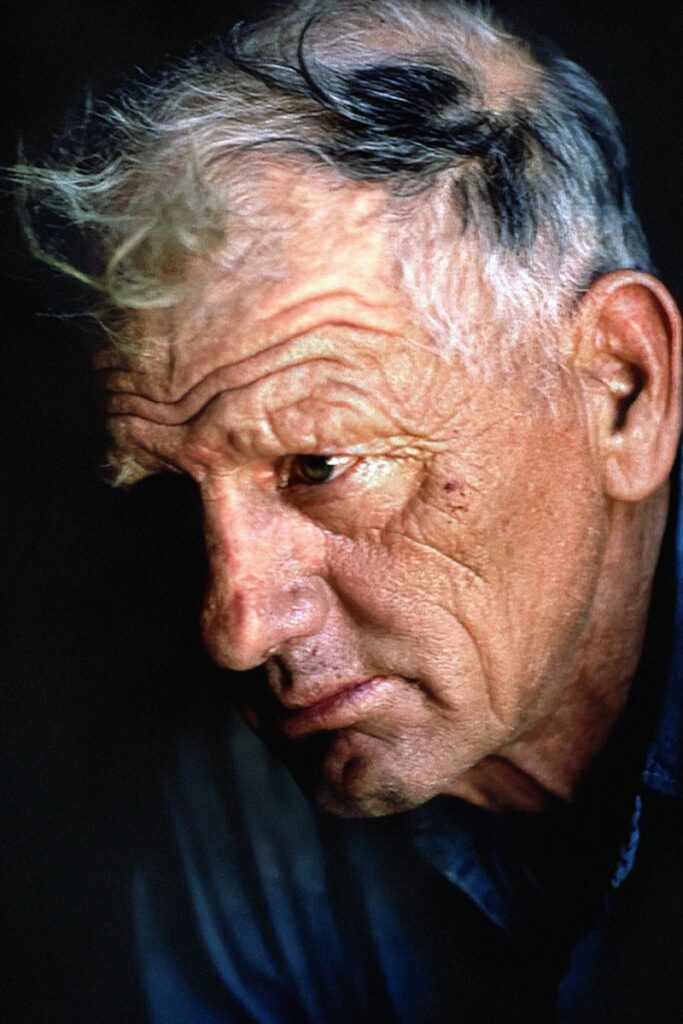
5. **The Heart of the Valley: John Ford’s *How Green Was My Valley***Among the trio of Golden Age films Clint Eastwood specifically cited is John Ford’s 1941 drama, *How Green Was My Valley*. This choice might seem initially unexpected for a star known for rugged individualism, as it’s a poignant family saga rather than an action-packed adventure. Directed by the legendary John Ford, a filmmaker also celebrated for his Westerns, this particular film showcases a different facet of Ford’s genius and, by extension, Eastwood’s discerning taste.
*How Green Was My Valley* tells the story of the Morgan family, tirelessly working in the South Welsh Valleys during the Victorian era, as seen through the eyes of their youngest child, Huw. The narrative explores the profound impact of the transition from a traditional coalfields way of life on a close-knit community and family. It’s a film steeped in emotional depth, focusing on themes of community, industrial change, and the passage of time – narratives that often carry a quiet weight and emotional resonance.
Significantly, this film famously beat Orson Welles’ *Citizen Kane* for the Academy Award for Best Picture, highlighting its critical acclaim and impact at the time. Its focus on the resilience of the human spirit in the face of adversity, the bonds of family, and the struggle to maintain identity amidst societal shifts are universal themes that resonate deeply. Eastwood, known for his character-driven dramas and explorations of individuals within challenging circumstances, likely finds a profound connection to these core elements.
This particular choice by Eastwood suggests an appreciation for stories that delve into the social fabric and the emotional core of humanity, rather than purely external conflicts. It shows that he values narratives that explore the impact of environment and industry on people’s lives, showcasing a sensibility for historical and cultural drama that broadens our understanding of his cinematic preferences beyond the obvious.
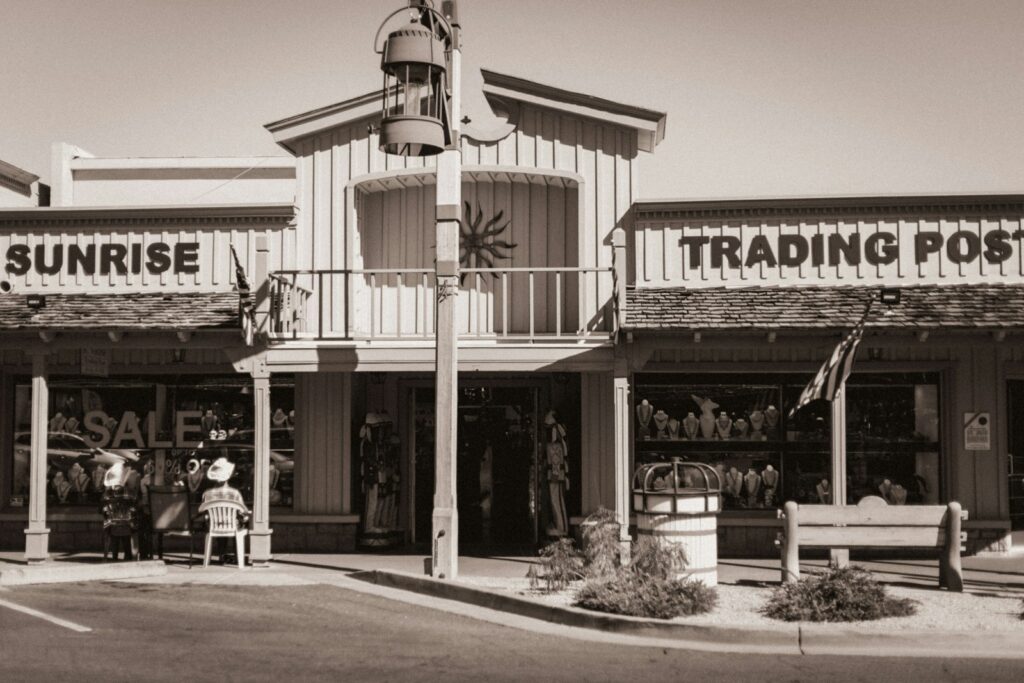
6. **Justice in the Wilderness: William A. Wellman’s *The Ox-Bow Incident***Another film from the Golden Age that captured Clint Eastwood’s admiration is William A. Wellman’s 1943 Western, *The Ox-Bow Incident*. While this choice is indeed a Western, aligning more closely with Eastwood’s professional identity, it’s far from a conventional celebration of the genre. Instead, it’s a powerful and grim exploration of mob mentality and the terrifying consequences of justice gone awry, underscoring Eastwood’s appreciation for darker, more morally complex narratives even within familiar settings.
The film’s plot centers on two cowboys who arrive in a town only to hear news that a local rancher has been murdered and his cattle stolen. A posse quickly forms, composed of townspeople determined to find the killers and mete out immediate justice. However, as the film unfolds, it becomes a harrowing study of how easily a group can descend into vigilantism, bypassing due process and risking terrible mistakes in their pursuit of vengeance.
*The Ox-Bow Incident* is less about the heroism of the Old West and more about its inherent dangers and moral ambiguities. It critiques the very idea of summary justice and the fragility of law in a lawless land, themes that resonate powerfully with Eastwood’s own work, particularly his revisionist Westerns like *Unforgiven*. Those films often dismantle the romanticized myths of the genre, revealing the harsh realities and ethical compromises inherent in violence and retribution.
Eastwood’s appreciation for this film highlights his consistent preference for stories that challenge easy answers and delve into the gray areas of morality. It’s a choice that reflects his own “difficult-to-pin-down worldview,” demonstrating a profound respect for cinema that forces audiences to confront uncomfortable truths about human nature and the complexities of justice, rather than offering simplistic narratives of good versus evil.

7. **The Call of the Wild: John Huston’s *The Treasure of the Sierra Madre***Rounding out Clint Eastwood’s lauded trio of Golden Age films is John Huston’s 1948 classic Western, *The Treasure of the Sierra Madre*. This film, though falling within the Western genre Eastwood is so closely associated with, is far from a simple tale of heroism and shootouts. Instead, it plunges deep into the dark side of human nature, a theme that consistently resurfaces in Eastwood’s own body of work, making it a fitting bridge from his admired classics to his distinctive directorial vision.
Adapted from B. Traven’s 1927 novel, the film chronicles the desperate plight of two down-on-their-luck men, Fred C. Dobbs (Humphrey Bogart) and Curtin (Tim Holt), who join forces with an old, grizzled prospector, Howard (Walter Huston), to seek gold in the treacherous mountains of Mexico. It was a pioneering effort in its time, notably one of the first Hollywood features to shoot extensively on location outside the United States, lending it an authenticity that was rare for its era.
As the narrative unfolds, the film becomes a harrowing study of how the lure of vast wealth corrupts the human spirit. Greed, paranoia, and suspicion steadily erode the bonds between the three men, transforming their dream into a nightmare of betrayal and violence. This unvarnished portrayal of moral decay, where the pursuit of fortune strips individuals of their humanity, would undoubtedly resonate with Eastwood’s own difficult-to-pin-down worldview, which often grapples with the ambiguities of good and evil, and the heavy costs of ambition, much like the themes we see in his own *Unforgiven*.
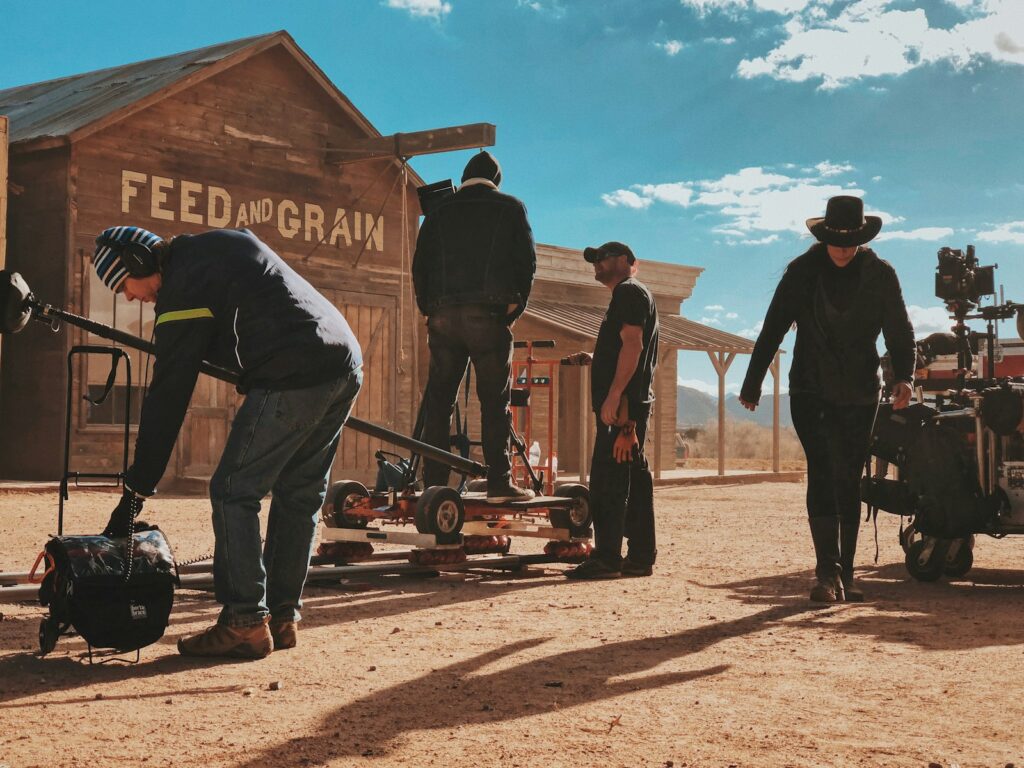
8. **From Television Ranches to Revolutionary Antiheroes: The Genesis of an Icon**Clint Eastwood’s journey to becoming a cinematic legend was anything but a straight shot. His acting career began modestly in the mid-1950s with small, often uncredited, film roles and television appearances. His big break arrived with the CBS Western series *Rawhide*, where he spent six grueling years playing Rowdy Yates, a character he would later admit he wasn’t particularly happy with, finding him too “conventional” and “cloddish” for his taste.
The grind of television production, often filming for twelve hours a day, six days a week, fueled Eastwood’s desire for a different kind of role. He yearned to shed the “white hat” hero persona, the “hero who kisses old ladies and dogs and was kind to everybody,” and embrace the complexity of an “antihero.” This hunger for more nuanced characters would prove to be a pivotal turning point, setting the stage for his most transformative roles.
His opportunity came in the unlikely form of Sergio Leone’s Italian-made Western, *A Fistful of Dollars*. Rejecting the offer to escape his *Rawhide* image, Eastwood signed on, earning $15,000 for eleven weeks of work. It was here that he, alongside Leone, meticulously crafted the enigmatic “Man with No Name”—a character defined by an economy of words, an abundance of attitude, and a distinct visual style. As Leone famously quipped, he “needed a mask more than an actor,” and Eastwood provided that perfectly honed, mysterious persona.
This revolutionary portrayal, which Eastwood himself envisioned as a departure from his previous work—feeling “the less he said, the stronger he became”—single-handedly redefined the Western genre and catapulted him to international stardom, particularly in Italy. The subsequent films in the Dollars Trilogy, *For a Few Dollars More* and *The Good, the Bad and the Ugly*, solidified his antihero image, despite initial critical resistance in the United States, ultimately making him a major film star and paving the way for his future artistic endeavors.

9. **Stepping Behind the Camera: The Assured Start of a Directorial Career with *Play Misty for Me***
While Clint Eastwood was making waves as an actor, a deeper ambition stirred within him: the desire for artistic control. This aspiration led to the establishment of his own production company, Malpaso Productions, and eventually, his audacious debut as a director with the 1971 psychological thriller, *Play Misty for Me*. No one, it seems, expected the tough, swaggering star of Spaghetti Westerns to step so confidently into the director’s chair with such a distinctive, assured vision.
The film itself was a surprising choice, far removed from the dust-choked trails of his iconic roles. It told the chilling story of Dave, a jazz disc jockey played by Eastwood, who has a casual affair with Evelyn (Jessica Walter), a listener who becomes a murderous stalker when he ends their relationship. This intricate exploration of obsession and psychological terror showcased a remarkable range, both for Eastwood as an actor in a victimized role and as a budding filmmaker capable of building palpable suspense.
*Play Misty for Me* was met with widespread critical acclaim, with reviewers like Jay Cocks in *Time* and Andrew Sarris in the *Village Voice* praising not only Eastwood’s performance but, more importantly, his directorial skills. It was clear from this debut that Eastwood possessed an innate talent for storytelling behind the camera, a knack for crafting a compelling narrative that resonated deeply with audiences and critics alike, immediately establishing him as a director of serious intent.

10. **The Unforgettable Impact of *Dirty Harry*: Solidifying the Antihero Archetype**Just a year after his directorial debut, Clint Eastwood delivered a performance that would become arguably his most memorable and culturally significant: Inspector Harry Callahan in *Dirty Harry*. This 1971 film, a gritty, hard-edged police thriller, cemented Eastwood’s status as the quintessential antihero and forever changed the landscape of action cinema, proving he was more than just a talented actor—he was a cultural force.
The film centers on Callahan, a San Francisco police inspector determined to stop a psychotic killer by any means necessary, often operating outside the conventional bounds of law and order. *Dirty Harry* didn’t just feature a “loose-cannon cop”; it invented the archetype, presenting a character whose pursuit of justice was relentless, morally ambiguous, and profoundly impactful, resonating with a public grappling with societal unrest and perceptions of rising crime.
The film’s most iconic moment, the legendary “.44 Magnum” monologue, perfectly encapsulated the character’s raw, uncompromising ethos. “Do I feel lucky? Well, do you, punk?” became a catchphrase that transcended the screen, demonstrating the immense power of Eastwood’s screen presence and the character’s indelible mark on popular culture. It was a role that, much like *The Ox-Bow Incident*, explored the complexities of justice and the grey areas of morality, themes he clearly admired and brought into his own celebrated work.

11. **The Filmmaker’s Philosophy: Dealing in “Shades of Gray”**Beyond specific roles or directorial ventures, Clint Eastwood’s filmography reveals a consistent and profound filmmaking philosophy, one he himself describes as “dealing in shades of gray.” This isn’t the simplified black-and-white morality often found in genre films, but a nuanced, “difficult-to-pin-down worldview” that challenges audiences to confront uncomfortable truths and complexities in the human experience. It’s a hallmark that ties his diverse choices, from his favorite films to his own projects, together.
This philosophical stance is deeply rooted in his appreciation for films like *Sunset Boulevard* and *The Ox-Bow Incident*. These classics, which delve into the dark underbelly of Hollywood ambition, mob mentality, and the fragility of justice, provided a blueprint for the kind of morally intricate narratives he would later craft. Eastwood consistently gravitates towards stories where characters are tested, their ethics are blurred, and easy answers are scarce, echoing the profound commentary on human nature found in the works of Wilder and Wellman.
Whether exploring the devastating consequences of vigilantism in *Unforgiven*, the moral compromises of war in *Letters from Iwo Jima*, or the personal struggles of ordinary people in extraordinary circumstances, Eastwood’s films are character-driven dramas that peel back layers of conventional heroism. He consistently seeks to understand individuals within challenging circumstances, a sensibility likely honed by his early exposure to the deep social fabric and emotional core of humanity depicted in films like *How Green Was My Valley*, demonstrating a filmmaker who values authenticity and psychological depth above all.
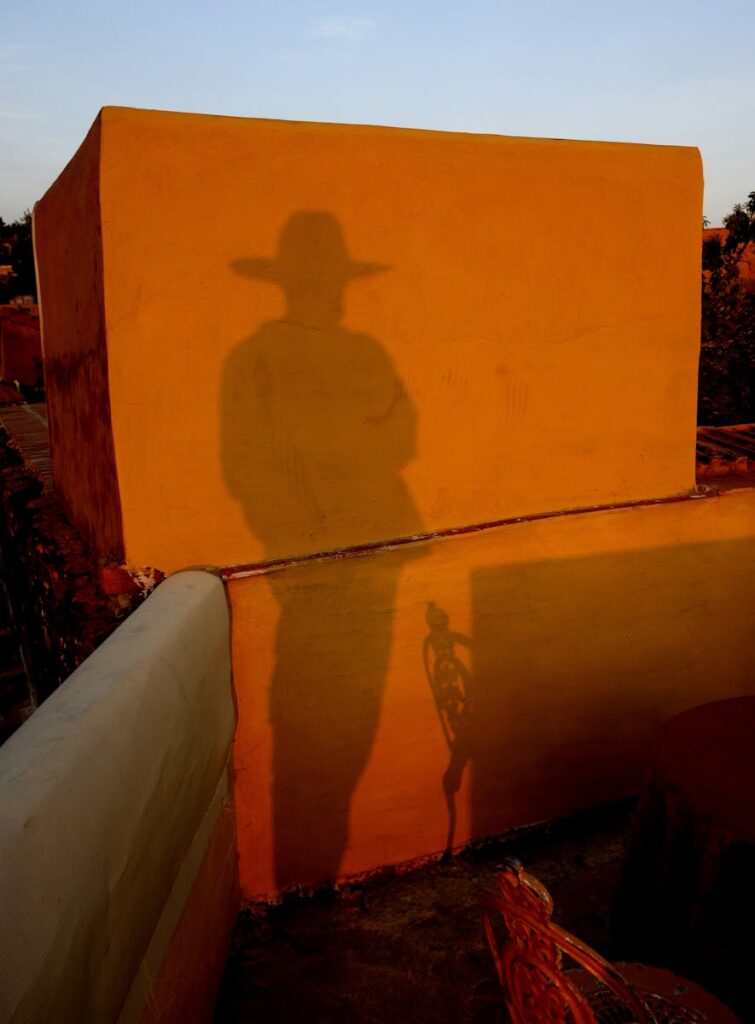
12. **An Enduring Legacy of Adaptability and Innovation**Clint Eastwood’s career, now spanning over six decades, is a testament to continuous adaptation and an unwavering commitment to innovation. From his early days as a television cowboy to his rise as an iconic antihero and eventually, an acclaimed, Oscar-winning director, his journey has been marked by a relentless willingness to “stray outside of his comfort zone.” This refusal to be pigeonholed, to evolve constantly, is perhaps his most defining characteristic.
His impressive directorial catalog, featuring unexpected ventures like the jazz biopic *Bird*, the romantic drama *The Bridges of Madison County*, the ensemble space adventure *Space Cowboys*, and his latest, *Juror #2*, showcases an artist unafraid to explore new genres and narrative styles. This remarkable versatility, a direct reflection of his diverse cinematic influences and his admiration for masters like Billy Wilder who transcended genres, has allowed him to consistently reinvent himself and captivate new generations of filmgoers.
Eastwood’s profound understanding of cinema’s evolution, coupled with his philosophical approach to storytelling, has solidified his legacy as a true Hollywood titan. He is not merely an actor or a director, but a storyteller whose work consistently reflects a deep appreciation for the art form, pushing boundaries and challenging expectations. His career stands as a powerful reminder that true artistic success comes from a commitment to growth, an openness to unexpected inspiration, and the courage to always choose the road less traveled.
Read more about: The Dynasty Architect: Unveiling Kris Jenner’s Unexpected Rule and the Empire-Building Playbook Behind the Kardashian-Jenner Fortune
So, as we reflect on Clint Eastwood’s incredible journey, from his surprising love for *Sunset Boulevard* to his own iconic creations, it becomes clear that his true genius lies not just in the films he’s made, but in the profound and often unexpected influences that shaped them. He remains a living legend, a master of his craft, perpetually reminding us that the richest stories are often found in the most unexpected places, even if that place is a dark comedy from 1950 Hollywood.

